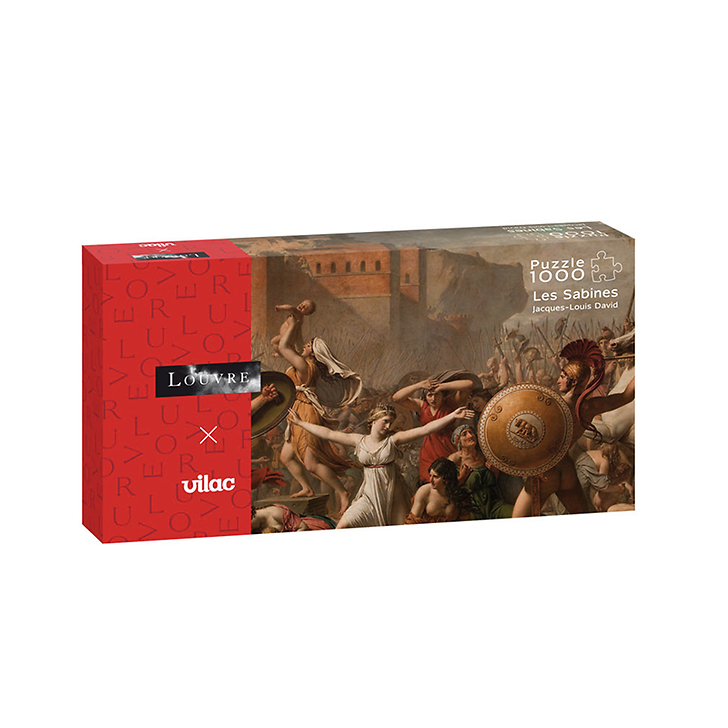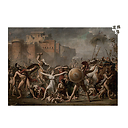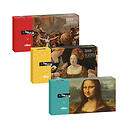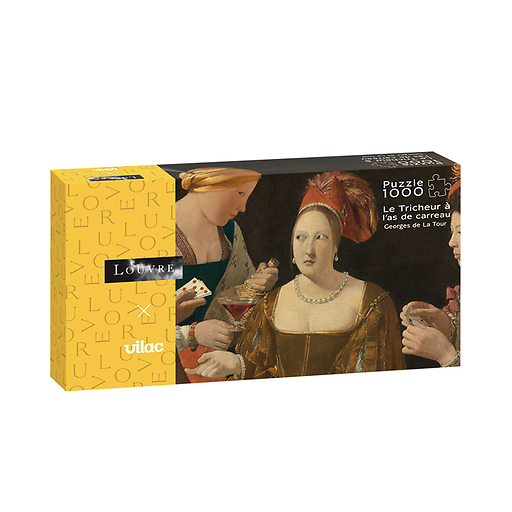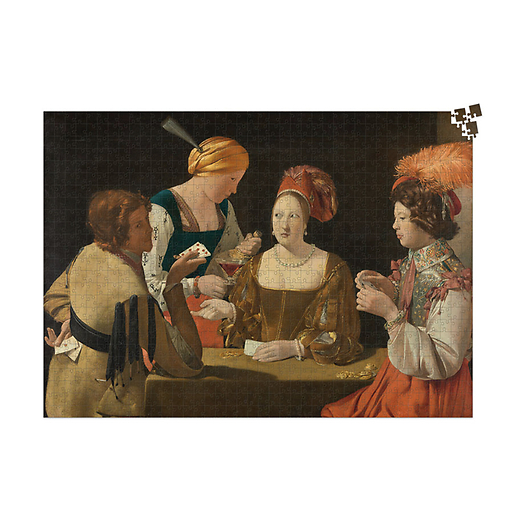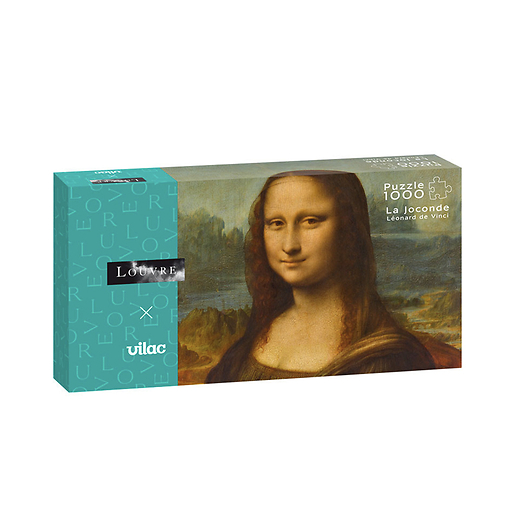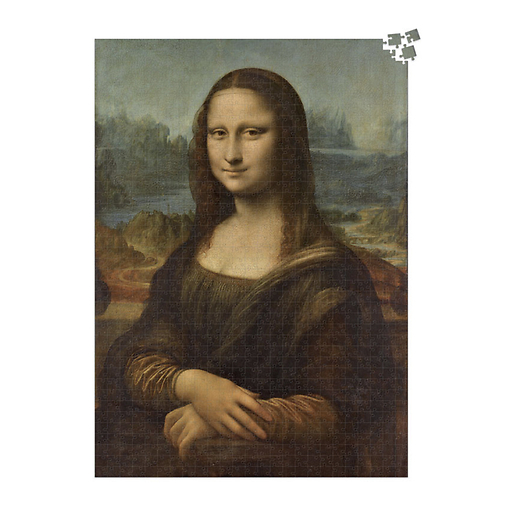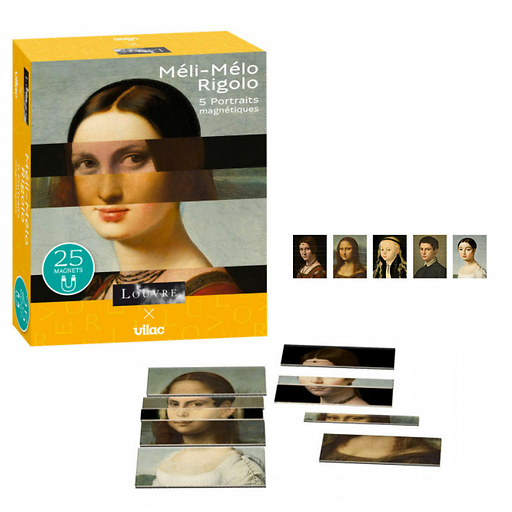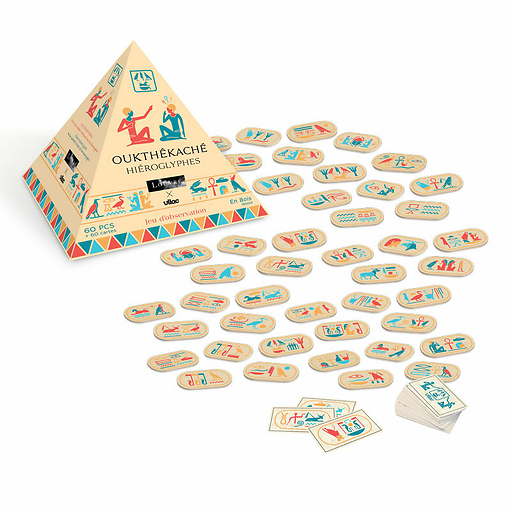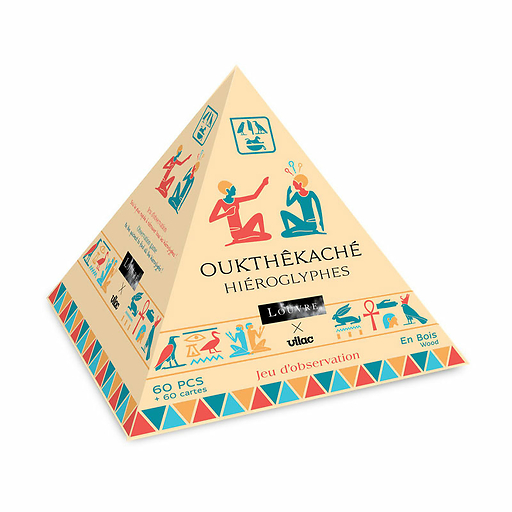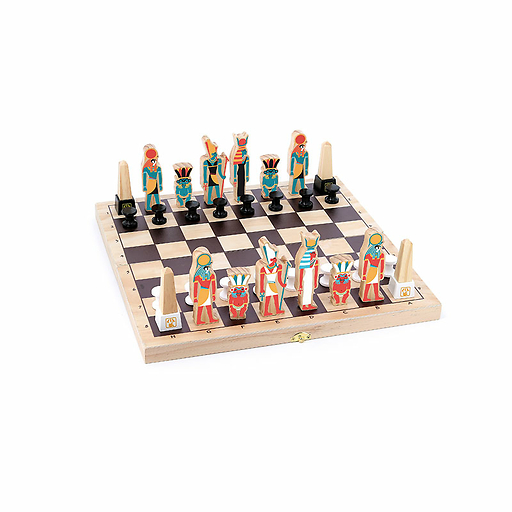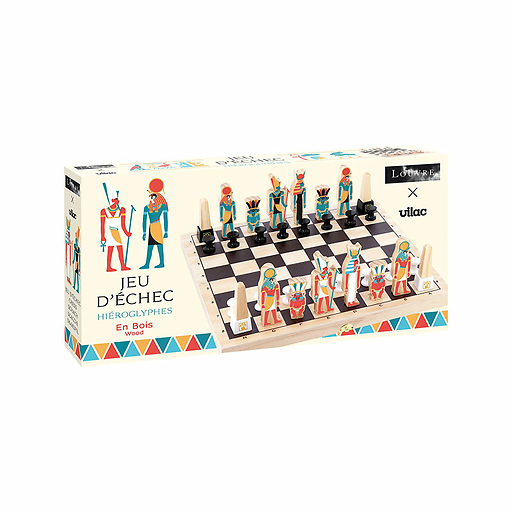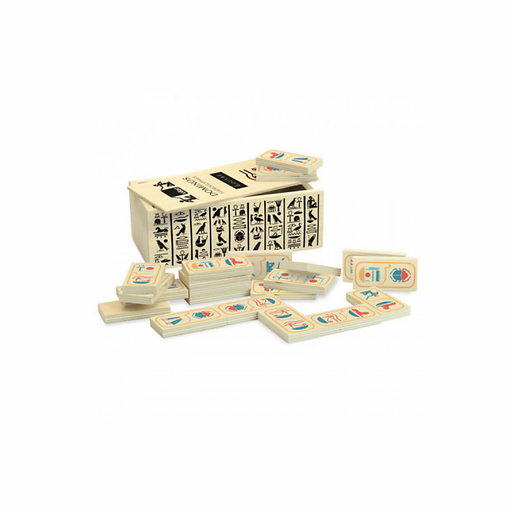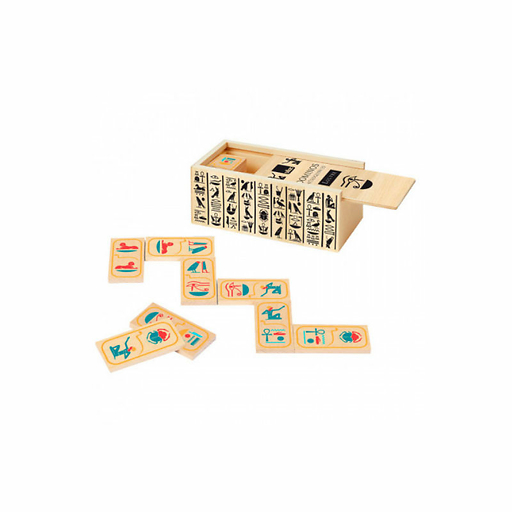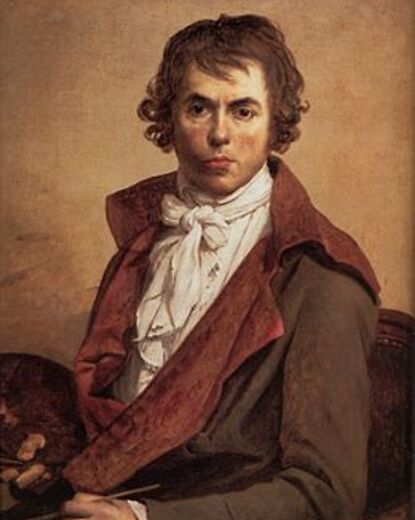Puzzle 1000 pieces The Sabine women - Musée du Louvre - Vilac
CJ991929
Sold by Réunion des Musées Nationaux
Characteristics
- Dimensions
- 70 x 50 cm
- Material of the original work
- Huile sur toile
- Age
- +10 ans
- Art movement
- Neo-Classicism
- Engraving date
- 1799
- Museum
- Musée du Louvre
- Artist
- Jacques-Louis David (1748-1825)
- Reference
- CJ991929
- EAN
- 3048700095015
- Matière de l'article
- Cardboard
- Original work kept at
- Paris, musée du Louvre

